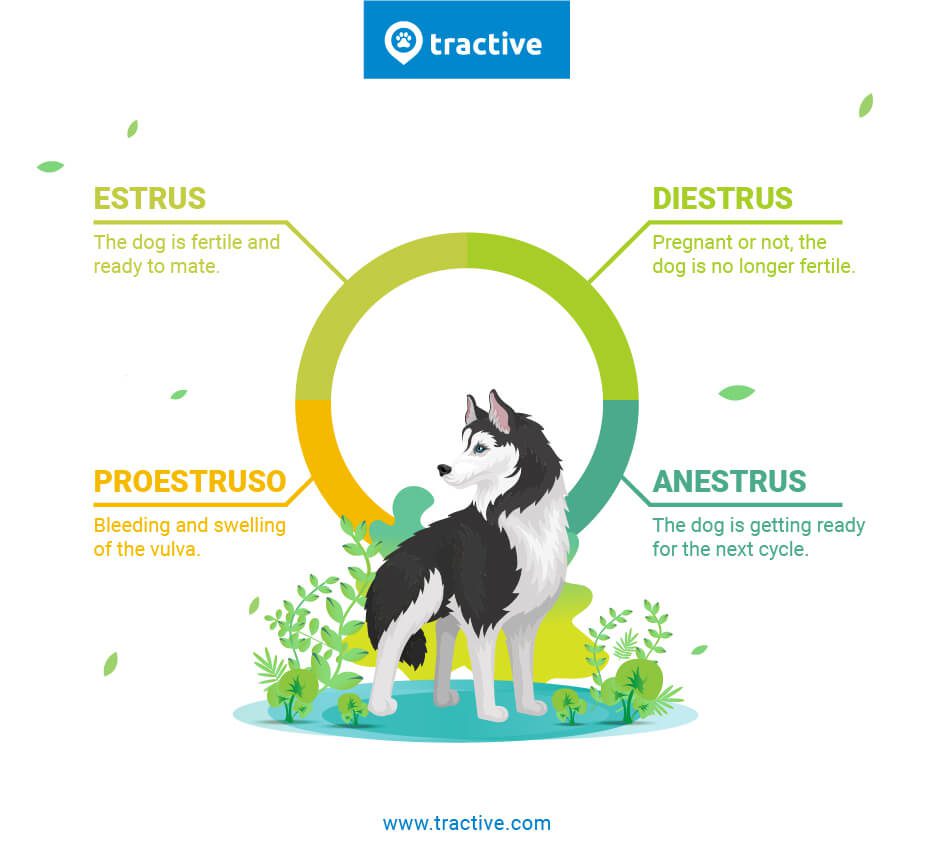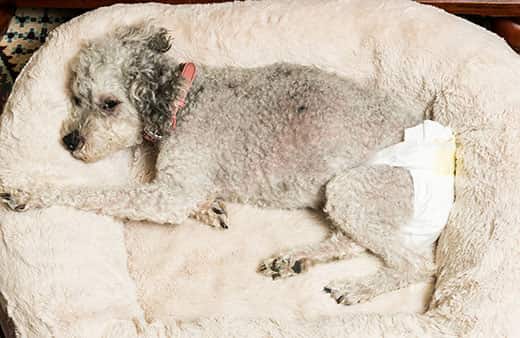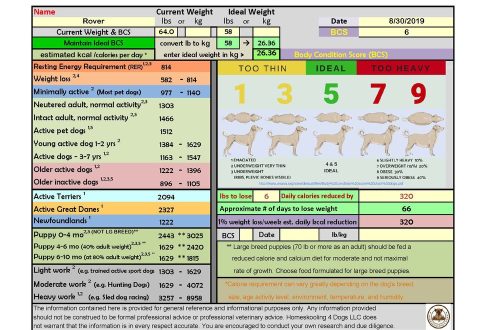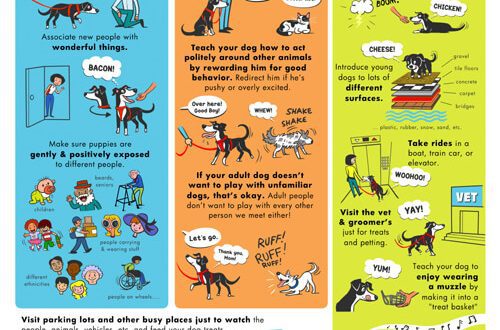
The menstrual cycle in dogs: what it is and how to prepare for it
Female dogs have spotting from time to time. This is due to the fact that they go through regular sexual cycles and, if they are not spayed, they begin to bleed regularly when they reach maturity. At first, this may seem intimidating and unpleasant, but quality preparation can correct this impression.
Contents
Estrus and the estrous cycle in dogs
Menstruation in dogs is part of what is known as the estrous cycle. Pets are sometimes said to be “estrum” or “in heat”, and the estrous cycle is sometimes referred to as the “heat cycle”.
The first cycle of estrus in dogs occurs when she reaches puberty, at about six months of age, although this may vary between breeds and individual dogs. Smaller breeds usually reach maturity earlier, while in larger breeds, the first estrus begins after a year.
As a rule, the cycle is repeated twice a year. The American Kennel Club (AKC) reports that some small breeds can go into heat up to four times a year, while the largest dogs, such as St. Bernards or Great Danes, can go into heat no more than once every eighteen months.
A dog’s estrus lasts two to three weeks, although the actual amount of time for each individual dog may vary. During this period, the pet has redness and enlargement of the vulva and the appearance of pink or clear discharge. The animal becomes more nervous and alert, notes AKC.
What to do if your dog is on his period
Menstrual flow can also be very different for dogs, and it’s not all blood, PetWave reports. Some pets leave stains on the floor or their bed, while others are barely noticeable. A dog’s cycle often begins with a more profuse, reddish discharge that later becomes yellow, pink, or watery.
Cleaning up after the animal during this period can be quite a tedious task. To facilitate cleaning, you can use special diapers, a comparative analysis of which was published in the Canine Journal. They need to be changed frequently and keep the dog’s skin clean and dry.
Heavy bleeding or bleeding outside the estrus cycle is not normal. If something like this happens to your dog, you should call your veterinarian immediately.
According to the Daily Puppy, during estrus, dogs also urinate more often. Sometimes the animal will start marking her strong-smelling urine in the house or on the street, attracting males and letting them know that she is ready to mate.
Since all of these symptoms can be frightening or unpleasant, some animals become unhappy or irritable during estrus. Pethelpful recommends giving your dog a little more love and attention during this difficult time.
It is also necessary to monitor her appetite and bathe frequently to wash away any traces of discharge. Caution should be exercised and dogs should not be allowed near it, which during this period often become aggressive. During the walk, you need to keep the dog firmly on a leash or not let it out of your yard at all.
Questions for the veterinarian
For owners of unneutered dogs, this experience will be new. Make a list of questions and ask your veterinarian about how to care for your dog during estrus. A sample list of questions to ask your veterinarian might be:
- At what age should I expect my dog to go into heat cycles?
- How to maintain hygiene in case of bleeding?
- What do you recommend for cleaning things that a dog might stain with blood or urine?
- When is the best time to spay a dog?
The Importance of Sterilization
If the dog is not going to be used for breeding, nothing should prevent it from being spayed. Scientifically, this operation is called ovariohysterectomy, although in everyday life it is often called sterilization.
The AKC points to numerous benefits of neutering, including reduced health risks for dogs, calmer behavior in many dogs, and a reduction in the number of stray animals. Tiny puppies are terribly cute, but caring for them requires a lot more time and money to pay for veterinary services than most new breeders realize. Meanwhile, there are so many puppies living in shelters that have already been born into the world and are waiting for their owners.
It is also necessary to discuss with the veterinarian proper nutrition before and after the operation. Once an animal is spayed, its metabolism usually slows down, so you should choose a food specially formulated for spayed pets. Proper nutrition can play a crucial role in a dog’s recovery and overall health.
Knowing if dogs have a menstrual cycle and how it flows, you can simply help your pet during this difficult period. And preventing it with the help of sterilization will help get rid of a number of problems, including the appearance of unwanted offspring.
See also:
- Why antioxidants are so important
- How often and why should you change your dog’s food?
- Dementia in Dogs: Diagnosis and Treatment
- What diseases can you get from a dog?






